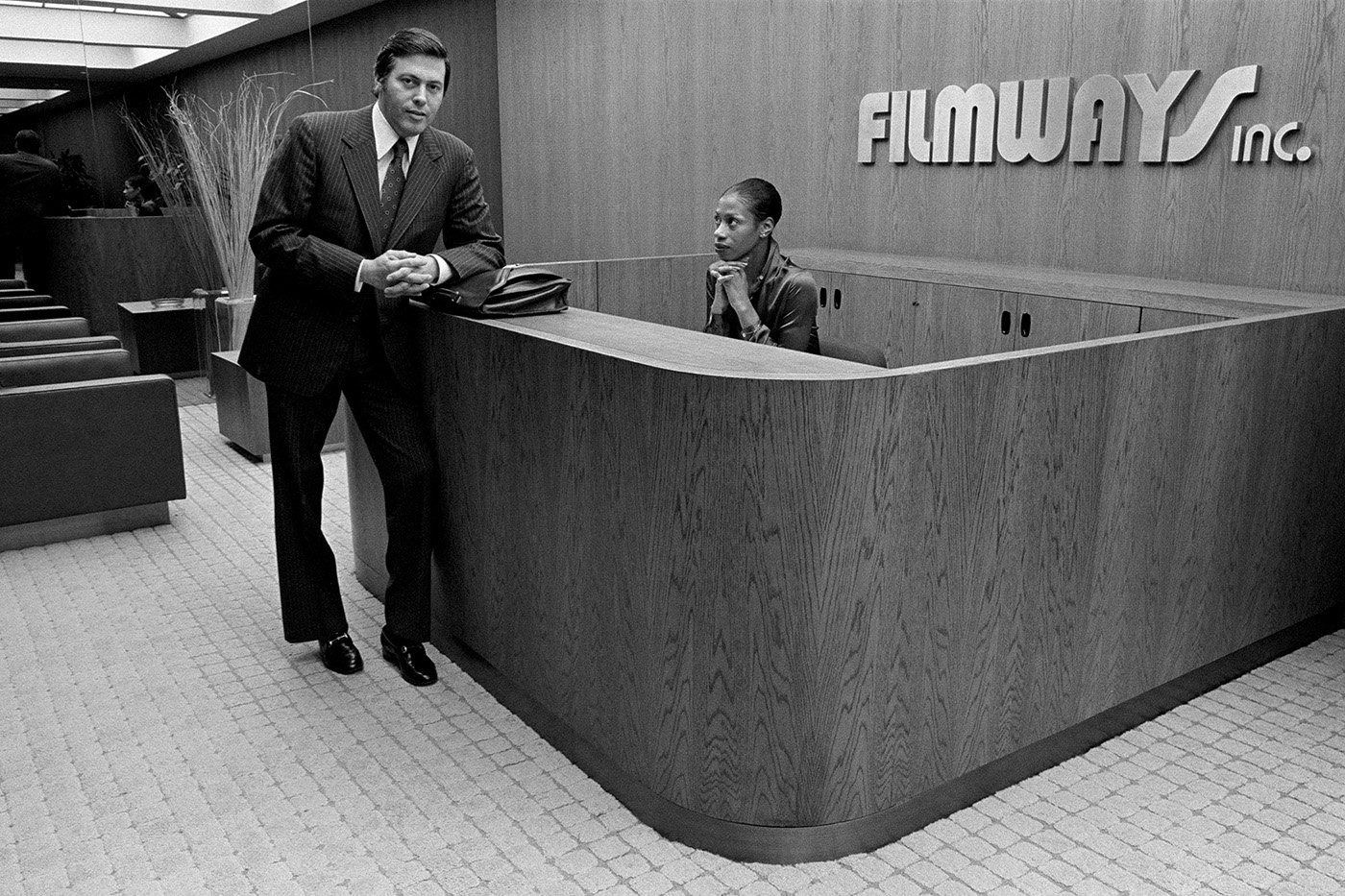






Artist's Statement
Susan Ressler
All photographs were made with a Nikon F 35mm camera using TriX film. In the 1970s and 80s, I made gelatin silver prints on 11x14” Agfa Brovira fiber paper of this work. Today, I’m making archival digital facsimiles sized to 16x20” on rag paper from digital scans of the original prints and negatives.
Looking back on my 45-plus year career as an image-maker, “Executive Order,” the photographic series I completed from 1977- 1980, is one of the most important bodies of work I’ve made to date. Comprised of cooly calculated and geometrically precise photographs of executives and their offices, boardrooms and "power" lobbies, this series penetrates the inner sancta of America’s financial elites. The photographs document an era that, in retrospect, is now regarded as crucial to the rise of the multi-glomerate corporation. Just as President Carter was lamenting the turn towards consumerism as a “crisis of confidence” in American values, Ronald Reagan would assume power and bolster America’s faith in capitalism. Not since the 19th-century’s gilded age had the “robber barons” held such sway. My photographs give viewers a glimpse of the “greed is good” mentality, the ethos that David Frum and other political analysts say has “brought [us] modern life.”
My own crisis of values led me to make these photographs. I’d lived on a First Nations Indian reserve in northern Quebec in 1972, sent there by a world-renowned ethnographic filmmaker and anthropologist whom I’d met right after college. My experience living and photographing among such abject poverty, alcoholism, and the myriad challenges the families on the reserve faced, caused me to question the power relations in documentary photography. I did not want to photograph from a position of privilege, and thus I decided to “flip the script” and turn my lens on the wealthy and powerful. I’ve photographed affluence, especially in America, ever since.

